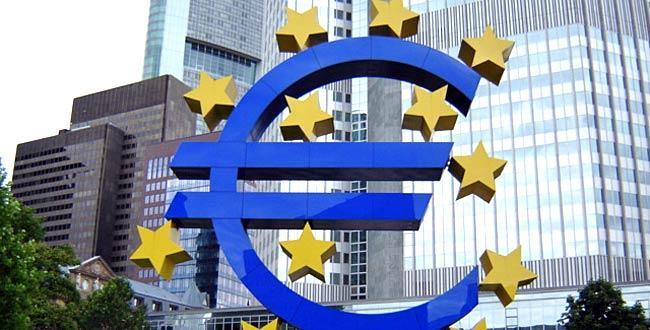Blog

The Unlikely Champions: Eurozone Periphery Grows Faster Than The Core
While Germany, France and Italy all failed to grow in the second quarter of 2014, it was a chance for the so-called ‘soft core’ of the Eurozone to step out of the shadows, report PwC economists.
The peripheral economies like Spain and Portugal have rebounded, with Spanish output growing by 0.6% quarter-on-quarter - the fastest rate in more than five years.
Meanwhile, Germany shrank by 0.2% quarter-on-quarter; Italy slipped into recession for the third time since 2008; and France faced a second consecutive quarter of zero growth.
Says PwC senior economist Richard Boxshall: “We expect that Germany will recover its form in the third quarter, as the latest contraction was partly driven by temporary factors - a strong first quarter and an escalation of the Ukraine/Russia situation - while German fundamentals remain relatively strong. We’re less optimistic about the other core countries.”
The effect of stronger growth can already be seen in Spain’s unemployment rate, which has been on a downward path since the end of 2013. A similarly strong performance is expected to continue into the third quarter for most peripheral economies on the back of a robust tourism season.
Based on all this analysis, PwC economists have revised down their Eurozone main scenario projection from 1.1% to 0.8% for 2014 to reflect the weakness of the three core countries.
In the US, the outlook is relatively bright with interest rate rises expected later next year. Concerns had been raised about the world’s largest economy after a disappointing first quarter in which US GDP shrank by 0.5% over the quarter (or by 2.1% on an annualised basis). However, this contraction was largely the result of temporary factors including adverse weather conditions and a correction in inventories.
The revised estimate for the 2nd quarter painted a much more positive picture with quarter-on-quarter growth of 1.0% (i.e. an annualised growth rate of 4.2%), driven mainly by personal consumption spending and a rise in inventories.
Comments Richard Boxshall: “This rebound was broadly in line with our previous expectations, so we are still expecting average US growth of 2.1% in 2014, picking up to around 3% in 2015. Barring any major adverse shocks, we expect the Fed to stop buying assets and end its quantitative easing programme before the end of this year. Following on from this, we would expect the interest rate to start to rise during the second half of 2015, based on our growth projections.”
Source: PwC, September 2014



Comments